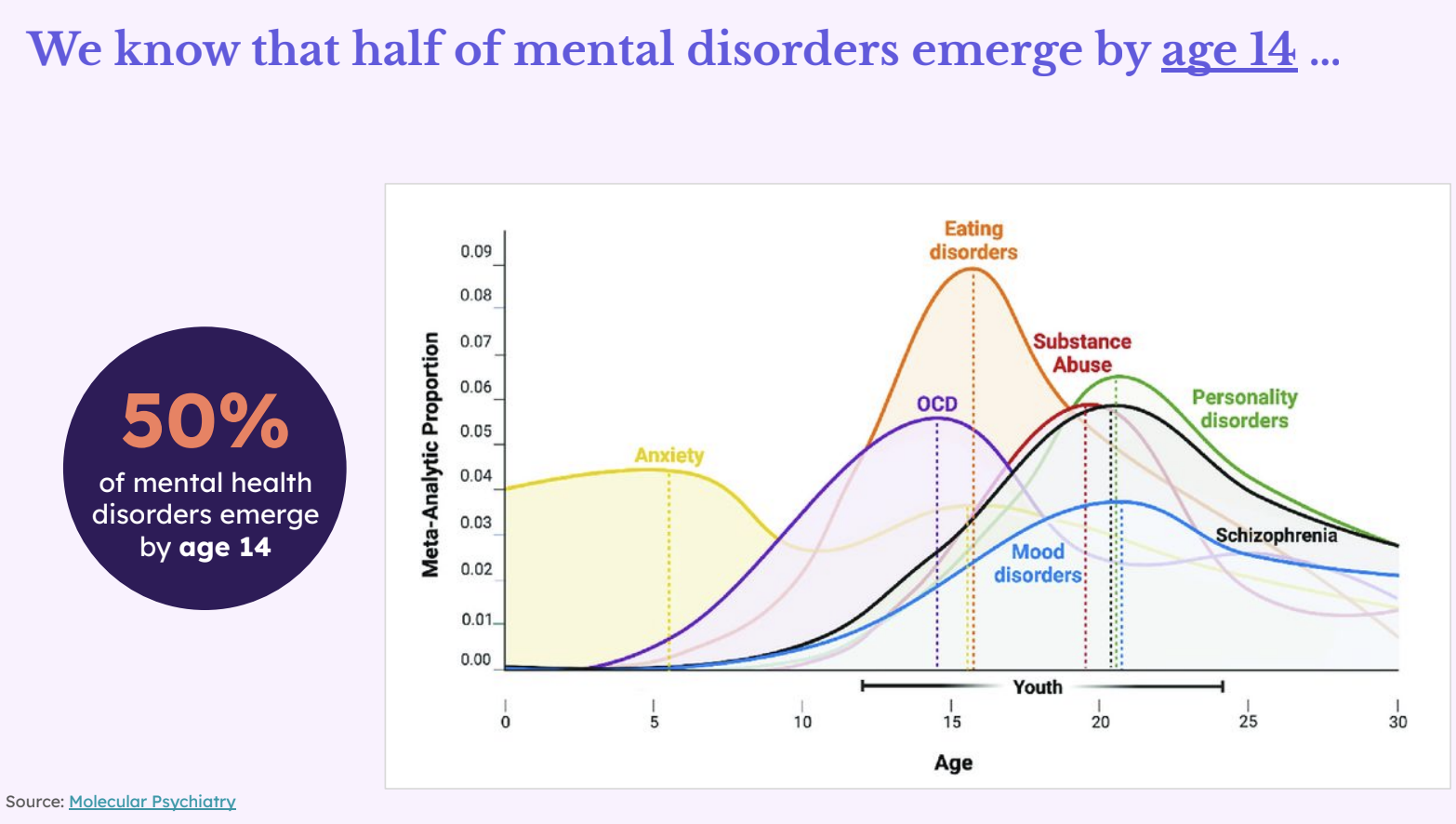- NJASA
- Curriculum Corner April 2024
-
The Hidden Chapter
As Dragnet once said, "The story you are about to hear is true. The names have been changed to protect the innocent."
I love walking through our elementary school hallways because the echoes of the children’s laughter bounce off the walls and the classrooms are adorned with colorful posters, alphabet charts, and student work. My favorite part of the school day is visiting elementary classrooms and having fun with my students. But sometimes silent struggles are hidden in those rooms.
Let’s talk about one of my 3rd graders, who we will call Lily. Lily has bright eyes and a heart full of curiosity. She loves it when her teacher, who we will call Ms. Sampson, reads aloud to the class. The words from the book jump off the page and dance across her imagination. She looks forward to finding her place on the rug each day. She wants a good spot to listen to these reading adventures. While that may be her favorite part of the day, she also knows a different part of the day is approaching: independent reading time. During this time, she is alone in her thoughts and her mind wanders. Reading is her nemesis.
Ms. Sampson, a compassionate teacher, noticed Lily’s struggles. She referred her to the MTSS process. Ms. Sampson reviewed Lily’s independent reading level data and anecdotal notes to proceed with the process with fidelity. For the next 6-8 weeks Lily spent extra time in a pullout intervention program with a teacher patiently guiding her through phonics skills and sight words. But Lily’s progress remained painfully slow. Ms. Sampson was at a loss and didn’t know why these normally effective strategies were not helping Lily. Something was missing.
At the next MTSS meeting, while reviewing the current data and being discouraged by the lack of progress, the school counselor realized their midyear Social, Academic, and Emotional Behavior Risk screener was soon to be taken. After these assessments were done, they noticed that Lily’s scores were appropriate except in the emotional section. Red flags were raised with some of her responses. Lily expressed sadness, nervous feelings, and worrisome thoughts. This helped the team spring into action.
This newfound discovery helped the team realize that this was not necessarily a reading issue. Something else was occurring in Lily’s personal life that was impacting her academically. After some observations of Lily during recess, lunchtime, and other classes and reviewing her assessments, answers were becoming clear. After conferring with her parents and creating a plan for success, Lily began receiving a combination of weekly virtual therapy and targeted social and emotional lessons. Once she was able to develop healthy coping strategies, her grades improved.
Lily is one example of how we know the MTSS process is more than an academic or behavioral intervention. It’s a system of support for the whole child. This is just one story of many of various degrees of severity.
The current mental health crisis is real. The barriers in front of districts attempting to address our mental health issues can often feel insurmountable. A review of current data supports our concerns.


There is a critical need to address mental health concerns in schools. The current educational infrastructure in the United States is not equipped to meet the growing demand, as schools are becoming the de facto providers of mental health care for children and adolescents. The statistics show there is a significant percentage of children with treatable mental health disorders who do not receive treatment or have a delay in treatment. There is a shortage of clinicians for all students to have access to the care they need.
To address these challenges, we need to prioritize and implement effective and efficient mental health care in schools with the resources we have available. These priorities include reducing stigma and normalizing mental health challenges, strengthening early identification, streamlining referrals, expanding virtual and in-person access, and managing crises from referral through to reintegration. The Multi-Tiered System of Support (MTSS) is proposed as a systematic framework to align the entire system of resources, staff, students, and families with an emphasis on proactive measures. The critical tenets for a comprehensive MTSS for mental health include positive classroom environments, mental health professional learning for staff, school-wide programs and presentations, and a strong focus on relationship building and social-emotional learning.
There are many barriers when referring to mental health for schools and families. Our task is to find a fast and effective solution for our students. Our mental health initiative includes a 24/7 hotline and multi-lingual and free teletherapy available during and after school. We have implemented a proactive universal social-emotional and behavioral screener, teacher training, an SEL curriculum, courses on social media, and opportunities to train and inform parents on these important topics. While the cost of these programs may seem daunting, the value spent will produce long-term savings and the benefits are priceless.
We are saying that student achievement and mental health are deeply connected. While learning about Maslow's Hierarchy of Needs in college, I didn’t quite realize it would lead to this but it seems it has. Lily reminded me that for her to be successful we needed to make sure all her needs were met. Lily has now been empowered to thrive academically and emotionally because of a compassionate environment. Sometimes the solution is not what’s wrong with this student but what happened or is happening with this student.



